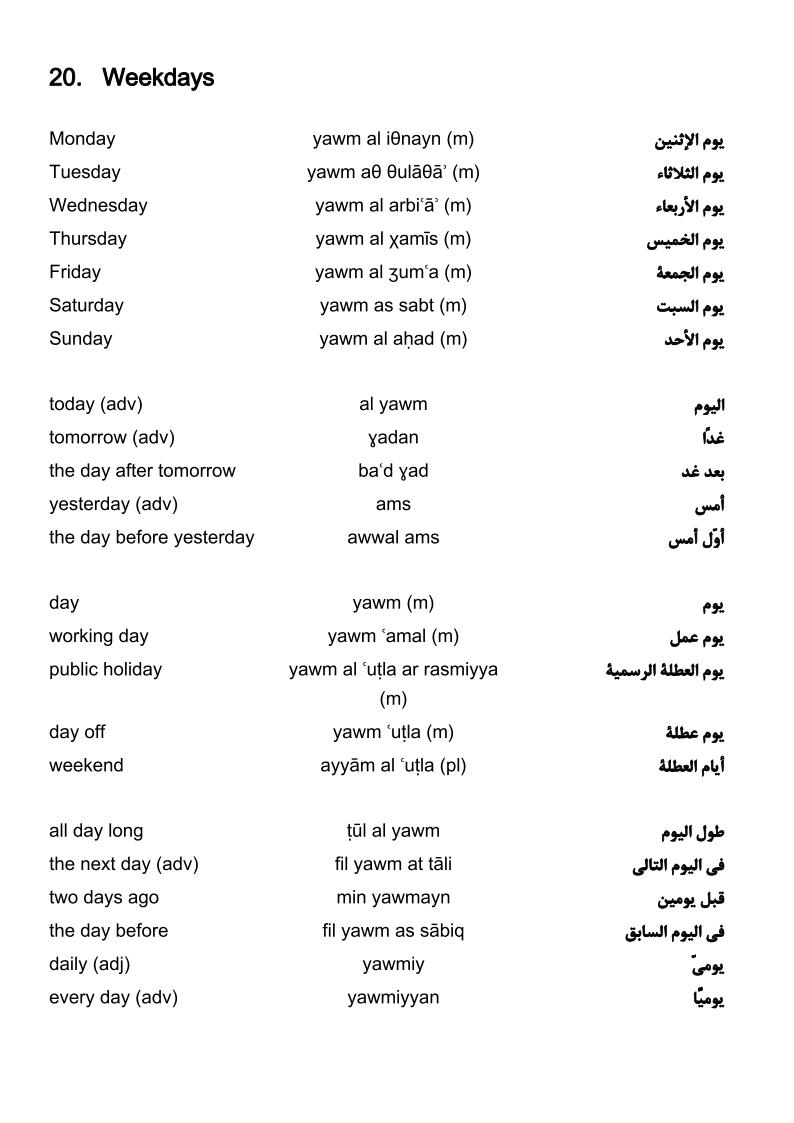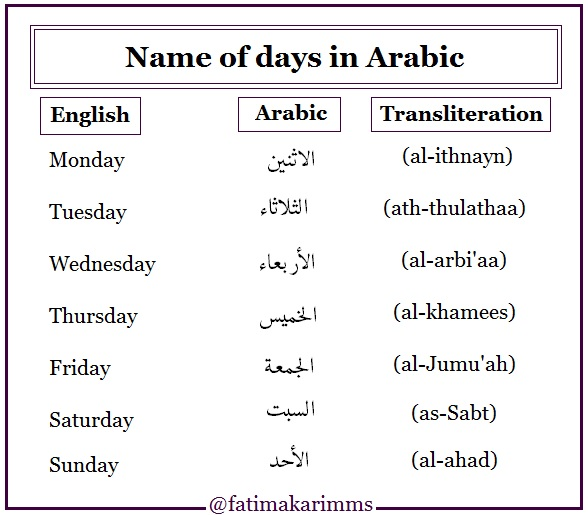
The list above included the six textile fabric names cotton, damask, gauze, macramé, mohair, & muslin, and the three textile dye names anil, crimson/kermes, and safflower, and the garment names jumper and sash. Some additional miscellaneous botanical names with Arabic ancestry include Abutilon, Alchemilla, Alhagi, Argania, argel, Averrhoa, Avicennia, azarolus + acerola, bonduc, lebbeck, Retama, seyal. Forsskål's Latinized Arabic plant genus names include Aerva, Arnebia, Cadaba, Ceruana, Maerua, Maesa, Themeda, and others. This became the international standard for most of what he cataloged. For genera and species that did not already have Latin names, Forsskål used the common Arabic names as the scientific names. In the early 1760s Peter Forsskål systematically cataloged plants and fishes in the Red Sea area. He introduced to Latin botany from Arabic from Egypt the names Abrus, Abelmoschus, Lablab, Melochia, each of which designated plants that were unknown to Western European botanists before Alpini, plants native to tropical Asia that were grown with artificial irrigation in Egypt at the time. The Italian botanist Prospero Alpini stayed in Egypt for several years in the 1580s. In a modern etymology analysis of one medieval Arabic list of medicines, the names of the medicines -primarily plant names- were assessed to be 31% ancient Mesopotamian names, 23% Greek names, 18% Persian, 13% Indian (often via Persian), 5% uniquely Arabic, and 3% Egyptian, with the remaining 7% of unassessable origin. Medieval Arabic botany was primarily concerned with the use of plants for medicines. A book about medicating agents by Serapion the Younger containing hundreds of Arabic botanical names circulated in Latin among apothecaries in the 14th and 15th centuries. The Arabic-to-Latin translation of Ibn Sina's The Canon of Medicine helped establish many Arabic plant names in later medieval Latin.

Another sizeable portion are ultimately Iranian names of medicinal plants of Iran. They include names of medicinal plants from Tropical Asia for which there had been no prior Latin or Greek name, such as azedarach, bellerica, cubeba, emblica, galanga, metel, turpethum, zedoaria and zerumbet. Over ninety percent of those botanical names were introduced to medieval Latin in a herbal medicine context. Today, in descent from the medieval Latin, they are international systematic classification names (commonly known as "Latin" names): Azadirachta, Berberis, Cakile, Carthamus, Cuscuta, Doronicum, Galanga, Musa, Nuphar, Ribes, Senna, Taraxacum, Usnea, Physalis alkekengi, Melia azedarach, Centaurea behen, Terminalia bellerica, Terminalia chebula, Cheiranthus cheiri, Piper cubeba, Phyllanthus emblica, Peganum harmala, Salsola kali, Prunus mahaleb, Datura metel, Daphne mezereum, Rheum ribes, Jasminum sambac, Cordia sebestena, Operculina turpethum, Curcuma zedoaria, Alpinia zerumbet + Zingiber zerumbet. The following plant names entered medieval Latin texts from Arabic. Main article: List of Arabic star names Arabic botanical names



Given the number of words which have entered English from Arabic, this list is split alphabetically into sublists, as listed below: A bigger listing including words very rarely seen in English is at Wiktionary dictionary. Words associated with the Islamic religion are omitted for Islamic words, see Glossary of Islam. A handful of dictionaries have been used as the source for the list. To qualify for this list, a word must be reported in etymology dictionaries as having descended from Arabic. Most entered one or more of the Romance languages, before entering English. The following words have been acquired either directly from Arabic or else indirectly by passing from Arabic into other languages and then into English.
LIST OF ARABIC WORDS IN ENGLISH FREE
Look up Category:English terms derived from Arabic in Wiktionary, the free dictionary.Īrabic is a Semitic language and English is an Indo-European language.


 0 kommentar(er)
0 kommentar(er)
